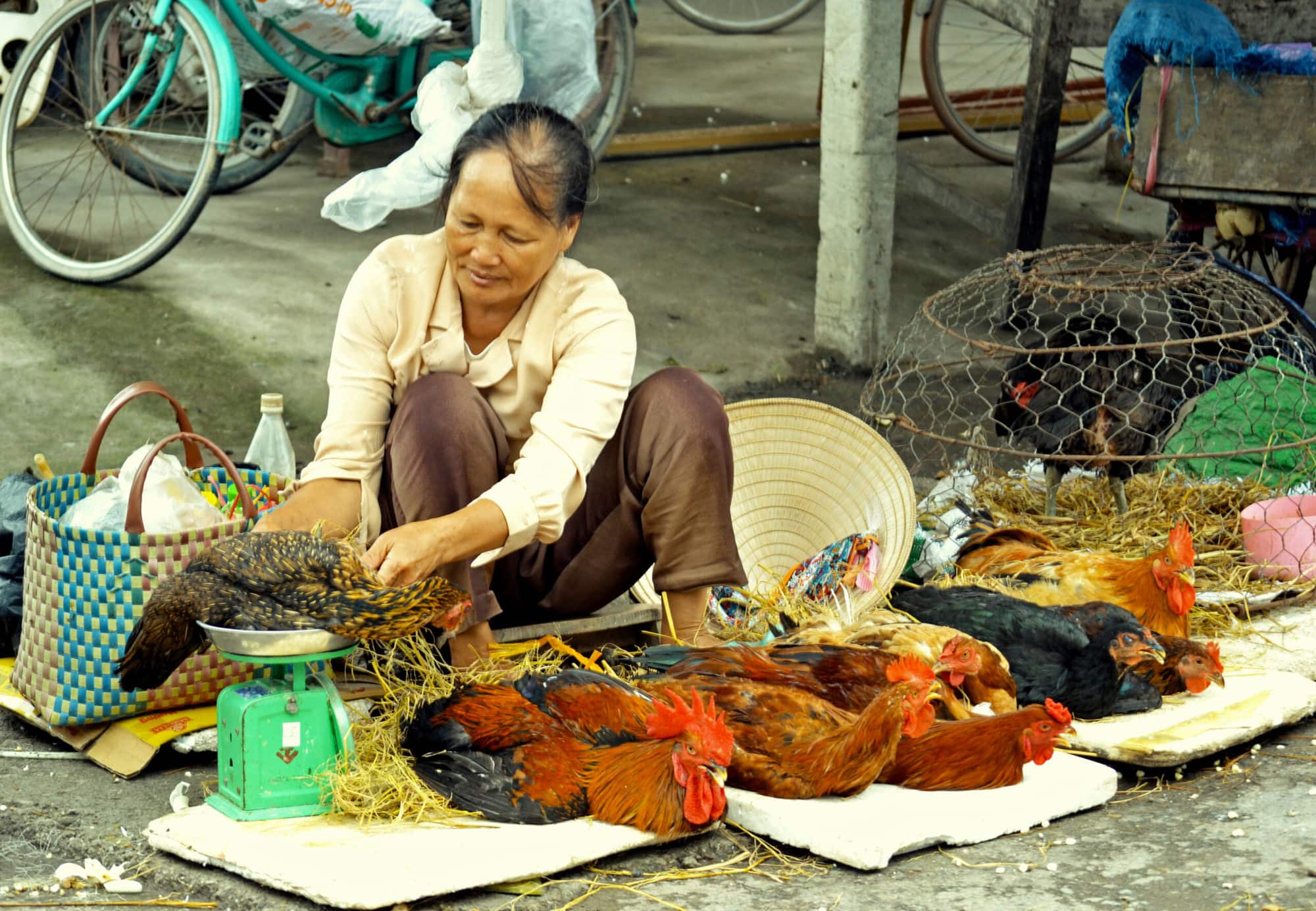Cassava Witches’ Broom Disease takes flight in South America
- From
-
Published on
18.07.25
- Impact Area

July 18, 2025. In 2023, cassava farmers in remote French Guiana watched in shock as their crops withered. They pulled dilapidated stems from the ground. Instead of unearthing massive root bunches, which are cornerstones of diets across South America, they found nothing larger than carrots. Local agencies (FREDON in French Guiana and Rurap in Brazil) informed on the scale of the problem to official agricultural research agencies working in the region, and in 2024, an official notification was sent to the Brazilian Ministry of Agriculture, reporting what appeared to be a new disease at the time, present only in Southeast Asia. After analyzing the results of an expedition carried out by the Alliance of Bioversity International and CIAT and local officers to French Guiana, researchers identified the problem: cassava witches’ broom disease, which is caused by a little-understood fungus. It was the first report of the pathogen in the Americas. In 2025, the first two confirmed reports in Latin America’s largest country, in March and May, were at least 1,000 km apart.
Scientists at the Alliance of Bioversity International and CIAT (The Alliance) and the Brazilian Agricultural Research Corporation (Embrapa) launched a rapid-response plan in June 2025 to mitigate the spread of disease to formalize collaboration efforts that began early in the year. The immediate concern is to slow or contain the spread of witches’ broom and avoid a continental food-security disaster.
Related news
-

Australia partners with International Livestock Research Institute to upskill researchers from Africa and Asia
International Livestock Research Institute (ILRI)13.11.25-
Food security
-
Poverty reduction, livelihoods & jobs
Australia has joined forces with the International Livestock Research Institute (ILRI) to support th…
Read more -
-

A decade of academic and research partnership advances One Health in Vietnam
International Livestock Research Institute (ILRI)13.11.25-
Health
In northern Vietnam, Thai Nguyen province has become one of the most active hubs for…
Read more -
-

Accelerating wheat breeding, from Toluca in Mexico to the world
CGIAR Initiative on Breeding Resources12.11.25-
Climate adaptation & mitigation
-
Nutrition, health & food security
In Mexico, a project has been completed to develop new elite parental lines of wheat…
Read more -
